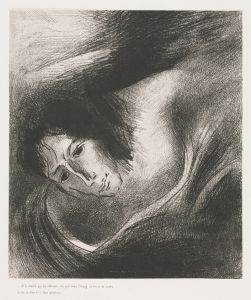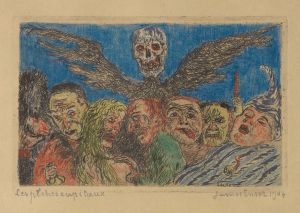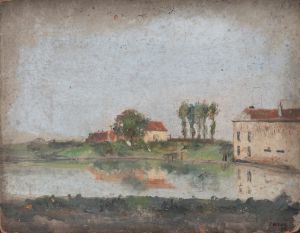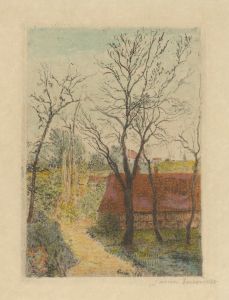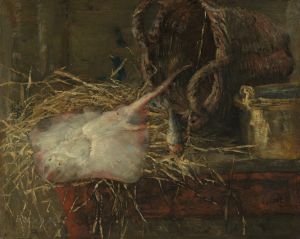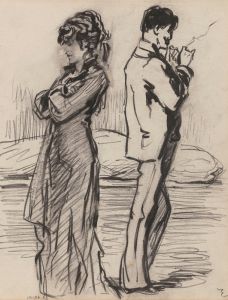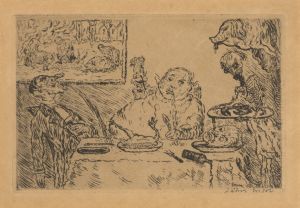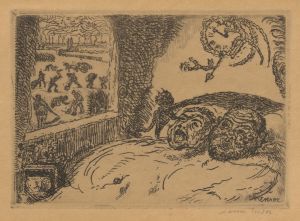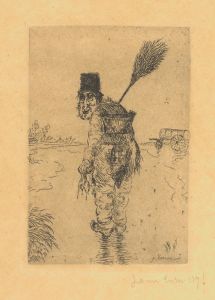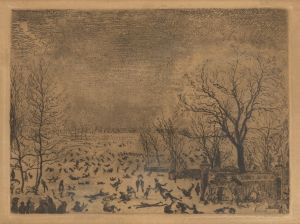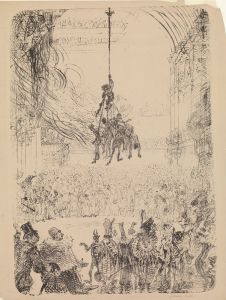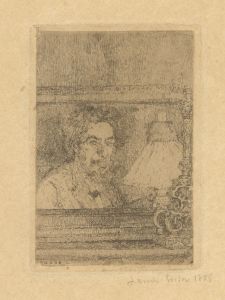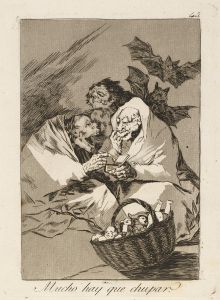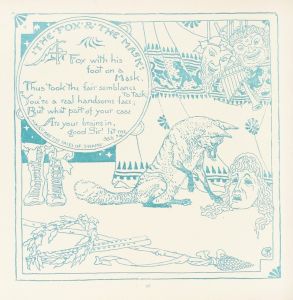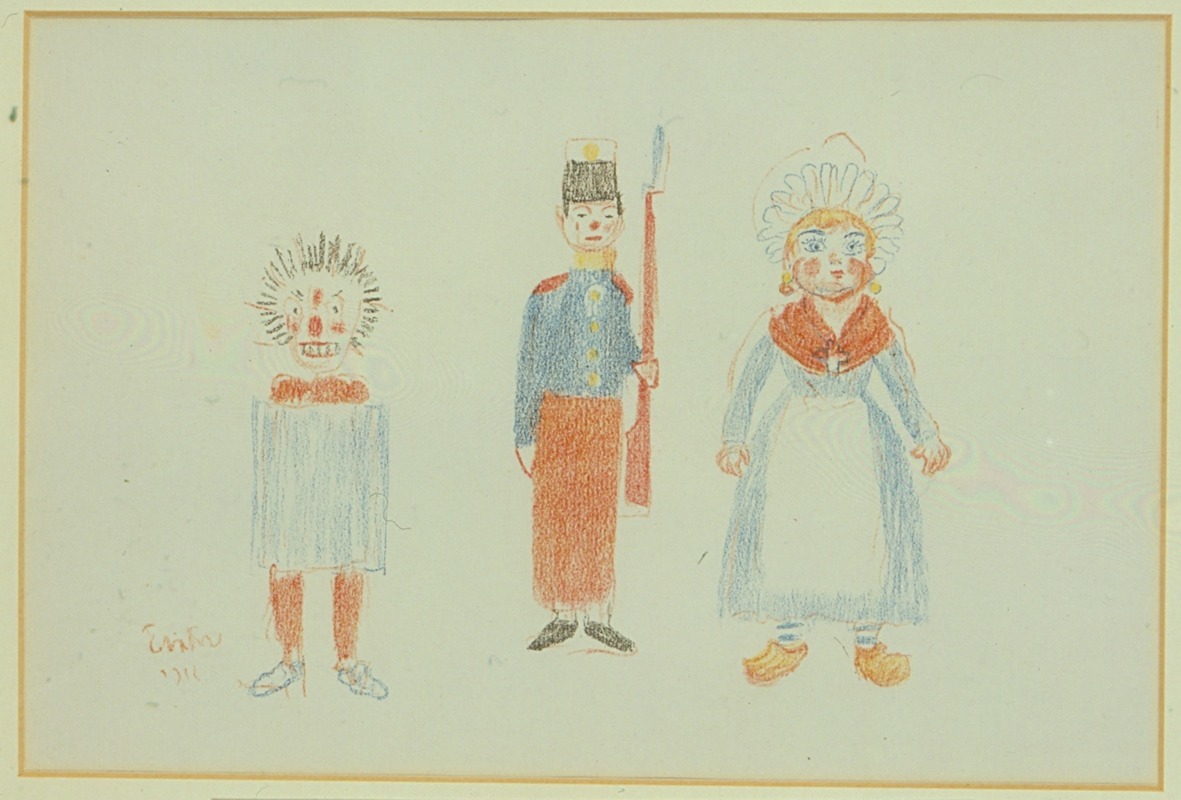
Duivel – Houten soldaat – Pop
A hand-painted replica of James Ensor’s masterpiece Duivel – Houten soldaat – Pop, meticulously crafted by professional artists to capture the true essence of the original. Each piece is created with museum-quality canvas and rare mineral pigments, carefully painted by experienced artists with delicate brushstrokes and rich, layered colors to perfectly recreate the texture of the original artwork. Unlike machine-printed reproductions, this hand-painted version brings the painting to life, infused with the artist’s emotions and skill in every stroke. Whether for personal collection or home decoration, it instantly elevates the artistic atmosphere of any space.
James Ensor, a Belgian painter and printmaker, is known for his unique and often provocative works that blend elements of realism, symbolism, and expressionism. One of his notable paintings is "Duivel – Houten soldaat – Pop" (translated as "Devil – Wooden Soldier – Doll"), which exemplifies his distinctive style and thematic interests.
James Ensor was born on April 13, 1860, in Ostend, Belgium, and he spent most of his life in this coastal city. Ensor's work is characterized by his fascination with masks, skeletons, and fantastical imagery, often used to critique societal norms and human folly. His early exposure to his family's curiosity shop, which sold carnival masks and other oddities, significantly influenced his artistic vision.
"Duivel – Houten soldaat – Pop" is a painting that showcases Ensor's interest in the grotesque and the macabre. The painting features three distinct figures: a devil, a wooden soldier, and a doll. Each figure is rendered with Ensor's characteristic attention to detail and vibrant use of color, creating a composition that is both unsettling and captivating.
The devil figure in the painting is depicted with exaggerated features, including horns and a menacing expression, embodying the traditional iconography of evil. The wooden soldier, likely inspired by the toy soldiers popular in the 19th century, stands rigidly, representing the mechanization and dehumanization of military life. The doll, with its lifeless eyes and artificial appearance, adds an element of innocence corrupted, a common theme in Ensor's work.
Ensor's use of these figures can be interpreted as a commentary on the human condition, exploring themes of power, control, and the loss of individuality. The juxtaposition of the devil, the soldier, and the doll creates a narrative that invites viewers to reflect on the nature of authority and the impact of societal expectations.
The painting's composition is dynamic, with each figure positioned in a way that draws the viewer's eye across the canvas. Ensor's use of bold colors and dramatic contrasts enhances the sense of tension and unease. The background, often filled with swirling patterns and abstract shapes, adds to the overall sense of chaos and disorder.
James Ensor's work, including "Duivel – Houten soldaat – Pop," was initially met with resistance from the traditional art establishment. However, his innovative approach and willingness to challenge conventions eventually earned him recognition as a pioneer of modern art. Ensor's influence can be seen in the works of later artists, including the German Expressionists and the Surrealists.
In 1929, Ensor was knighted by King Albert I of Belgium, and he continued to create and exhibit his work until his death on November 19, 1949. Today, his paintings are held in major museums and collections around the world, and he is celebrated as one of Belgium's most important artists.
"Duivel – Houten soldaat – Pop" remains a compelling example of James Ensor's ability to blend the fantastical with the critical, creating art that challenges viewers to confront the darker aspects of human nature.





